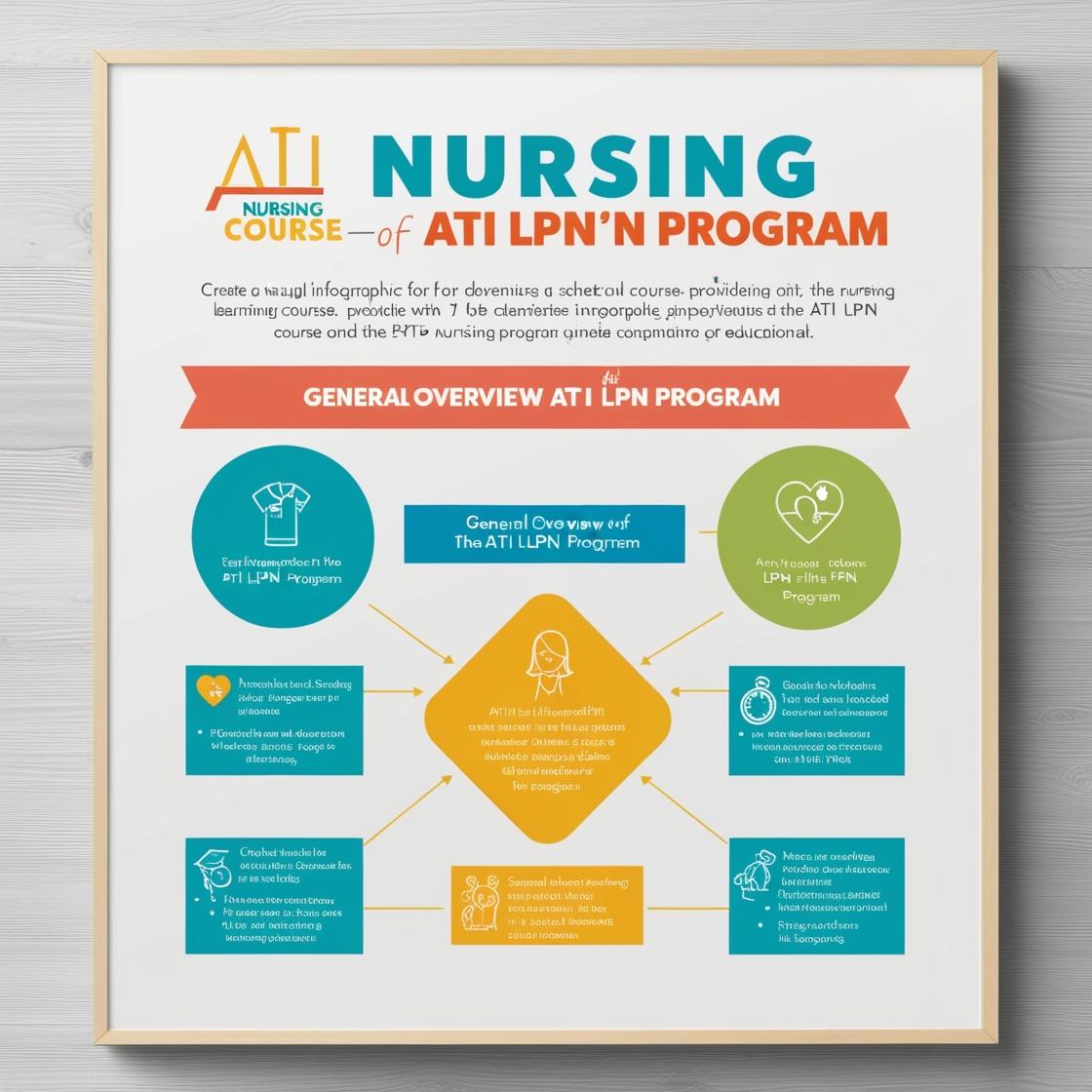LPN LPN
LPN Pharmacology Practice Questions
1. When teaching a client with a new prescription for spironolactone, which instruction should the nurse include?
- A. Increase your intake of potassium-rich foods.
- B. Avoid consuming grapefruit juice.
- C. Take the medication with food.
- D. Monitor for signs of hyperkalemia.
Correct answer: D
Rationale: The correct answer is to instruct the client to monitor for signs of hyperkalemia when taking spironolactone since it is a potassium-sparing diuretic. Hyperkalemia is a potential adverse effect due to the medication's mechanism of action. Advising the client to increase potassium-rich foods (Choice A) would be incorrect as it can further elevate potassium levels, which could lead to hyperkalemia. Avoiding grapefruit juice (Choice B) is not directly related to spironolactone use. Though taking the medication with food (Choice C) can help reduce gastrointestinal upset, it is not the most critical instruction when initiating spironolactone therapy.
2. The client with heart failure is prescribed furosemide (Lasix). Which electrolyte imbalance is the nurse most likely to monitor for?
- A. Hyperkalemia
- B. Hypernatremia
- C. Hypokalemia
- D. Hyponatremia
Correct answer: C
Rationale: The correct answer is C: Hypokalemia. Furosemide, a loop diuretic, commonly causes potassium loss, leading to hypokalemia. The nurse should closely monitor for decreased potassium levels in a client receiving furosemide to prevent complications such as cardiac arrhythmias or muscle weakness. Hyperkalemia (Choice A) is not typically associated with furosemide use. Hypernatremia (Choice B) refers to high sodium levels and is not the primary concern with furosemide. Hyponatremia (Choice D) is low sodium levels, which can occur but is less common than hypokalemia in clients taking furosemide.
3. The client is being taught about the use of sublingual nitroglycerin for chest pain. Which instruction should be provided?
- A. Swallow the tablet whole with water.
- B. Place the tablet under the tongue and let it dissolve.
- C. Chew the tablet and then swallow.
- D. Place the tablet between the cheek and gum.
Correct answer: B
Rationale: The correct method for administering sublingual nitroglycerin is to place the tablet under the tongue and allow it to dissolve. This route of administration facilitates rapid absorption of the medication into the bloodstream, enabling quick relief of chest pain associated with angina or heart conditions. Choice A is incorrect because sublingual nitroglycerin should not be swallowed whole. Choice C is wrong as chewing the tablet can lead to the rapid release of the drug, causing adverse effects like headaches or dizziness. Choice D is also incorrect as the tablet should not be placed between the cheek and gum, but under the tongue for proper absorption.
4. The healthcare provider is evaluating the effects of care for a client with deep vein thrombosis (DVT). Which limb observations should the provider note as indicating the least success in meeting the outcome criteria for this problem?
- A. Pedal edema that is 3+
- B. Slight residual calf tenderness
- C. Skin warm, equal temperature in both legs
- D. Calf girth 1/8 inch larger than the unaffected limb
Correct answer: A
Rationale: Significant pedal edema, indicated by 3+, suggests ongoing or worsening venous insufficiency. This can be a sign that the care provided has not been effective in managing the deep vein thrombosis (DVT) and the associated complications. Monitoring and addressing pedal edema is crucial in the evaluation of DVT treatment outcomes and overall patient care. Choices B, C, and D are not indicative of the least success in meeting the outcome criteria for DVT. Slight residual calf tenderness, skin warmth, and a slightly larger calf girth do not necessarily point towards treatment failure or lack of improvement in DVT management.
5. The client has been prescribed warfarin (Coumadin) and is being educated about dietary restrictions. Which food should the client be advised to avoid or eat in consistent amounts?
- A. Bananas
- B. Spinach
- C. Oranges
- D. Yogurt
Correct answer: B
Rationale: Spinach is high in vitamin K, which can interfere with the effectiveness of warfarin. It is important for clients taking warfarin to maintain consistent levels of vitamin K intake to ensure the medication works properly. Foods rich in vitamin K, such as spinach, can counteract the effects of warfarin, leading to potential complications. Therefore, clients on warfarin are advised to either avoid or consume vitamin K-rich foods, like spinach, in consistent amounts to maintain the medication's efficacy. Bananas, oranges, and yogurt are not high in vitamin K and do not significantly impact the effectiveness of warfarin, making them safe options for clients taking this medication.
Similar Questions

Access More Features
ATI LPN Basic
$69.99/ 30 days
- 50,000 Questions with answers
- All ATI courses Coverage
- 30 days access @ $69.99
ATI LPN Premium
$149.99/ 90 days
- 50,000 Questions with answers
- All ATI courses Coverage
- 30 days access @ $149.99
